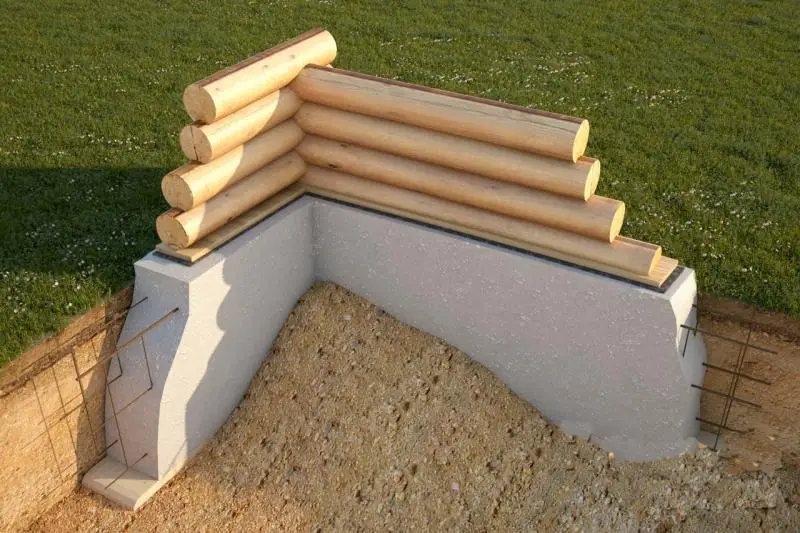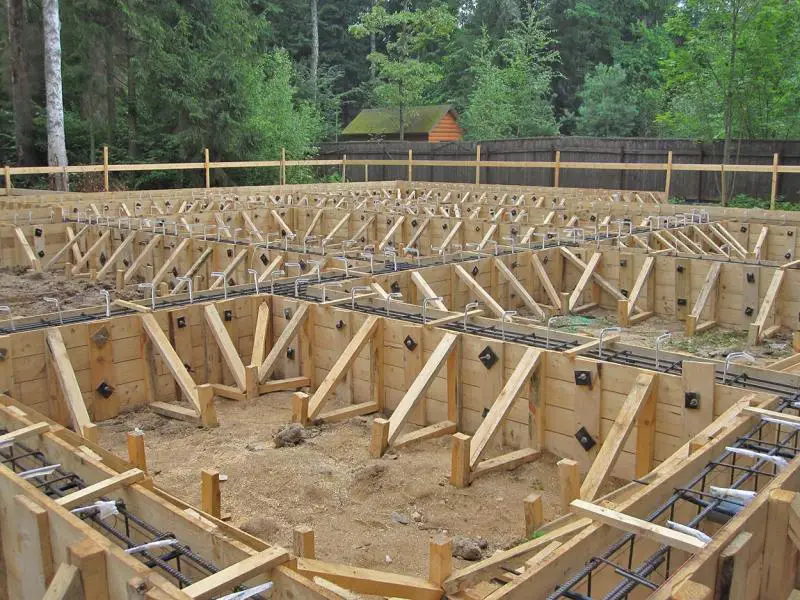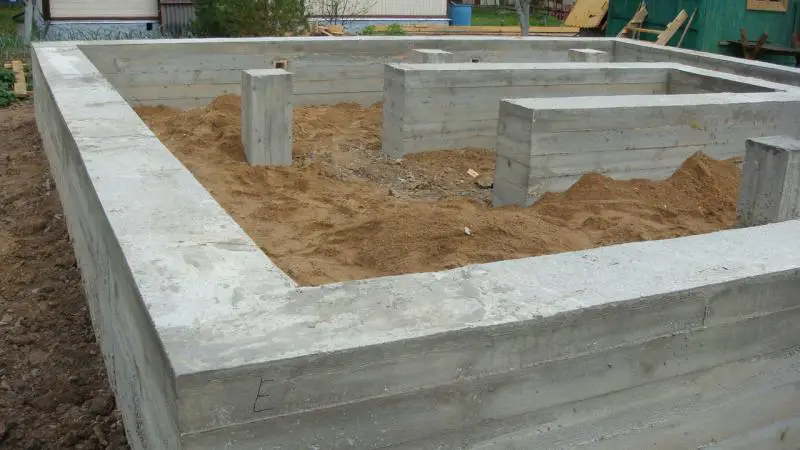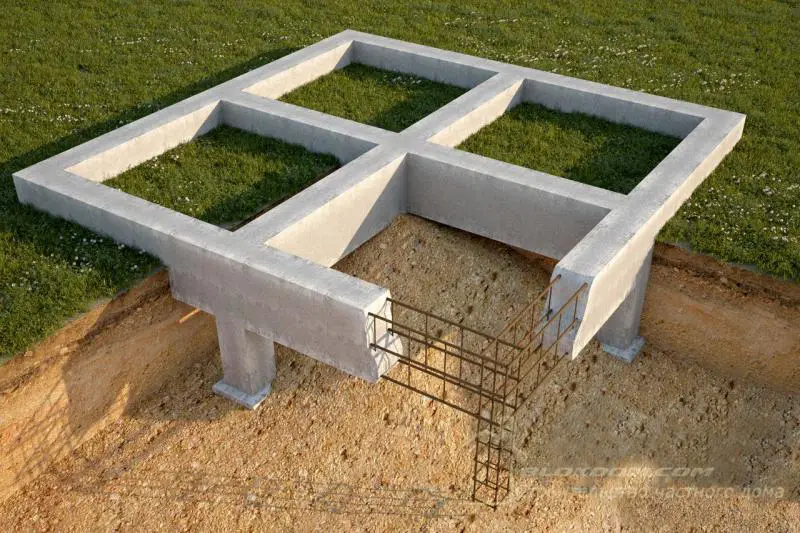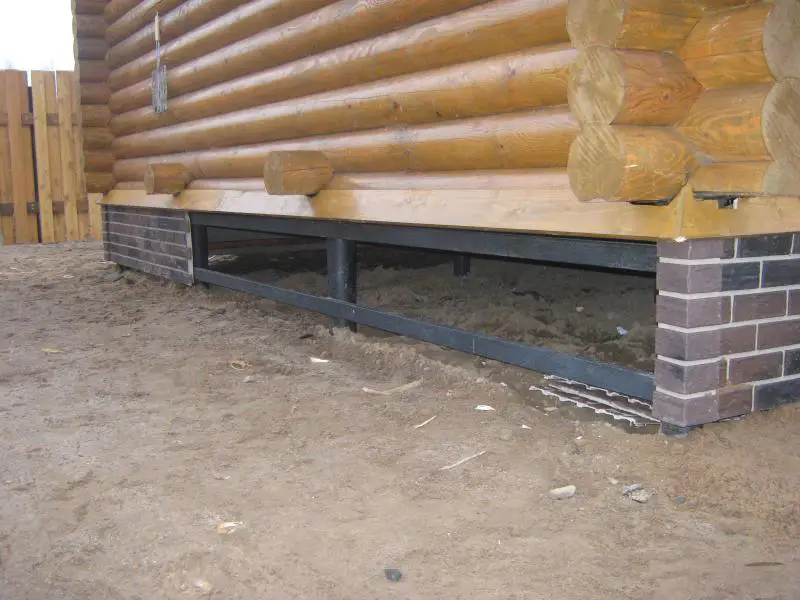There can be your advertisement
300x150
Driveway with Paving Slabs
As is known, the main purpose of any type of driveway is to protect the building's foundation from atmospheric moisture, which causes deterioration. This means the surface must be waterproof and seamless, without cracks or other defects. Often it is made of asphalt or concrete.
But such a driveway has several disadvantages, for example, during seasonal temperature fluctuations, it may deteriorate because it moves relative to the foundation, whose base is below the soil freezing layer. Also, its appearance leaves much to be desired.
What risks does incorrect paving tile installation pose?
To solve the driveway problem, a flexible structure must be created that meets the homeowner's aesthetic requirements. An excellent material for this is paving slabs. But how can this finishing material, which leaves numerous joints during installation, ensure effective drainage?

The answer lies in fully understanding the technology of laying paving slabs for a driveway. There are several popular methods for laying paving slabs, but not all are suitable for driveway construction.
The traditional method of laying paving slabs on a sandy base ensures surface mobility. It offers excellent appearance that does not degrade under temperature fluctuations. However, sand cannot fully retain moisture, so the foundation remains damp, meaning inefficiency of such a driveway.
Some experts recommend laying slabs on a dry mortar mix. Even in the hottest weather, this mixture will inevitably draw moisture from the soil and harden into a monolithic block. Such a structure may temporarily provide waterproofing, but in winter, the same problems arise as with asphalt or concrete surfaces. The lower layer will break due to soil movement, insulation fails, and the driveway surface becomes uneven.
Proper installation of a paving slab driveway
However, since paving slab finishing remains extremely popular, specialized techniques have been developed to use them as driveways that not only look better but also outperform standard types in performance. To achieve this effect, the surface must be prepared for slab installation using a specific method:
- A trench 25 cm deep is dug along the foundation, into which the layers supporting the slabs will be placed;
- Then a 10 cm thick layer of clay is laid in the trench, slightly sloped away from the foundation wall; the clay is carefully tamped and will serve as an excellent waterproof barrier;
- To completely prevent moisture from penetrating under the foundation, a flexible waterproofing layer is placed on top of the clay. Typically, this is a PVC membrane, highly resistant to corrosion, with edges folded and secured to the foundation wall;
- Then a 15 cm thick layer of sand is applied on top of this base;
- Finally, paving slabs are laid on the sand, maintaining all required slope regulations for water runoff, and joints between slabs are filled with sand as usual.
This installation method solves all problems associated with driveways made from other materials. Water enters the joints but, upon meeting the waterproofing layer, is redirected away from the foundation. The flexibility of the layer prevents cracks or deformations on the surface. At the same time, water drainage between joints keeps the slabs dry even after heavy rain, which is exactly what a perfect driveway should do.

